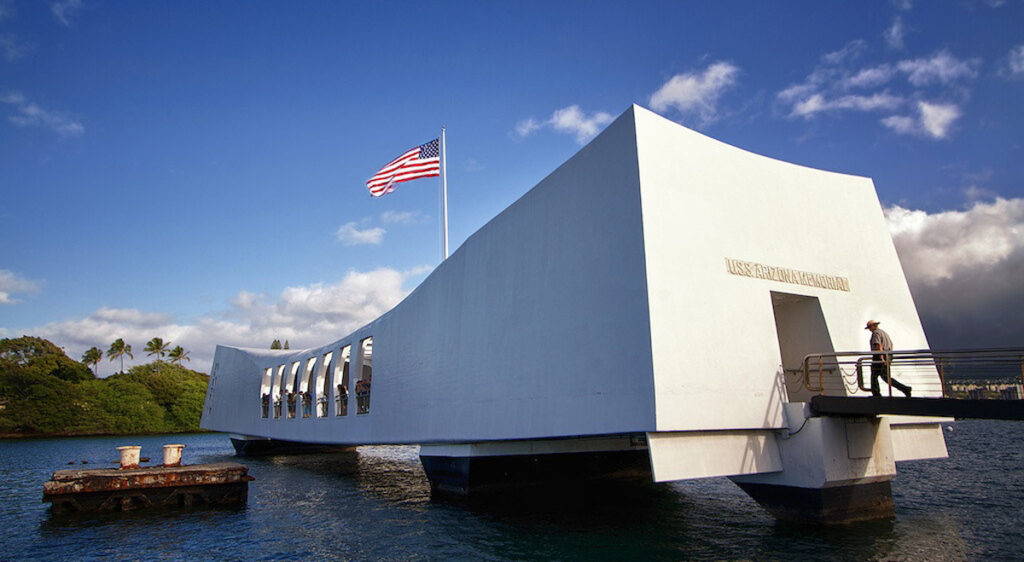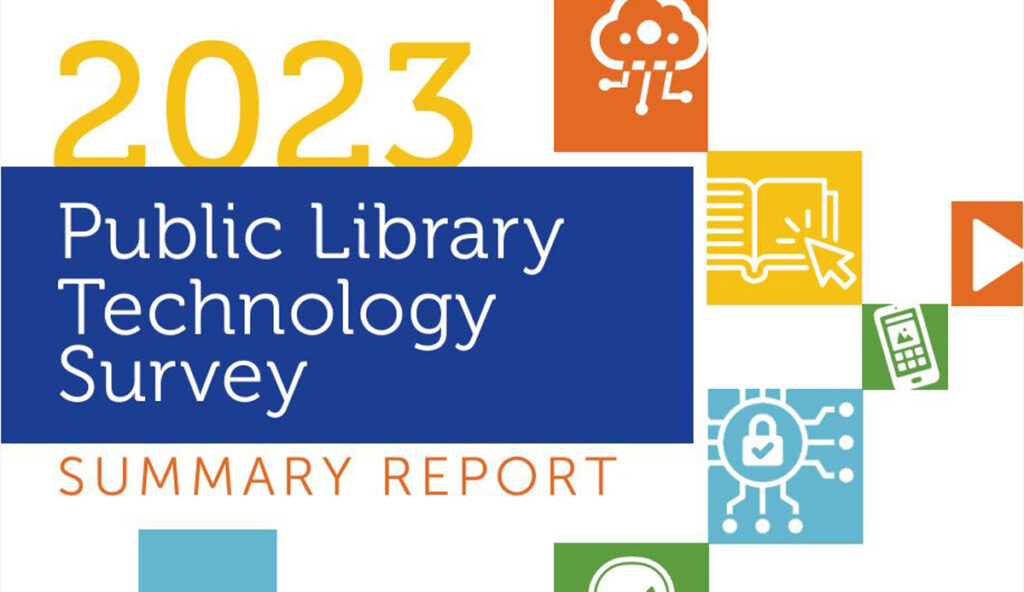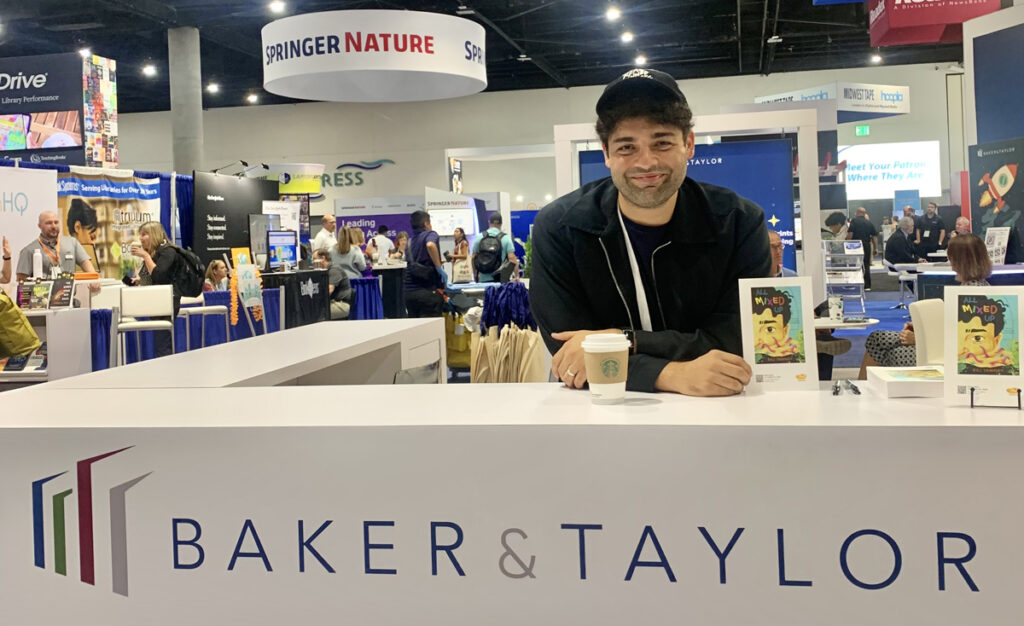On December 7, 1941, Japan attacked the United States at Pearl Harbor, Hawaii—an aggression that plunged the US into World War II. The unprecedented attack changed the course of the war and changed the American populace, shattering their sense of security while also creating a unifying purpose as the US entered the war.
The day after the attack, Alan Lomax, then "assistant in charge" of the Archive of American Folk Song (now the American Folklife Center archive), sent a telegram to fieldworkers in 10 localities across the US, asking them to collect "man-on-the-street" reactions of ordinary Americans to the bombing and the subsequent declaration of war by the US. The Library of Congress has collected those recordings and more in “After the Day of Infamy: "Man-on-the-Street" Interviews Following the Attack on Pearl Harbor.” The collection presents approximately 12 hours of opinions recorded in the days and months following the bombing of Pearl Harbor from more than 200 individuals in cities and towns across the US.
The online collection also includes a second set of recordings from February 1942, in which interviewees gave their thoughts and opinions on the attack and the declaration of war directly to President Franklin D. Roosevelt. These recordings were also used to create the radio program, "Dear Mr. President," which was broadcast in May 1942. Musicians Pete Seeger and Huddie Ledbetter (Leadbelly) recorded original songs for the program.
In most cases, the recordings were digitized by Library of Congress staff directly from the discs on which they were originally recorded. They’re astonishing, sobering snapshots of a pivot in American—and world—history. Listen to them all and more at the Library of Congress.
The Franklin Delano Roosevelt Presidential Library and Museum also has a plethora of resources on the Pearl Harbor attack, including a curriculum hub of FDR’s speeches that can be used in classroom instruction; an online exhibit exploring FDR's response to the attack; an online exhibit exploring the diplomatic breakdown between the US and Japan and Japan's surprise offensive; digitized documents from the holdings of the FDR Library pertaining to the attack on Pearl Harbor; photos; and more. It’s an essential look at the events of that day and its repercussions.
Image: The Pearl Harbor Memorial by Christopher Chan, CC BY-NC-ND 2.0 DEED.



